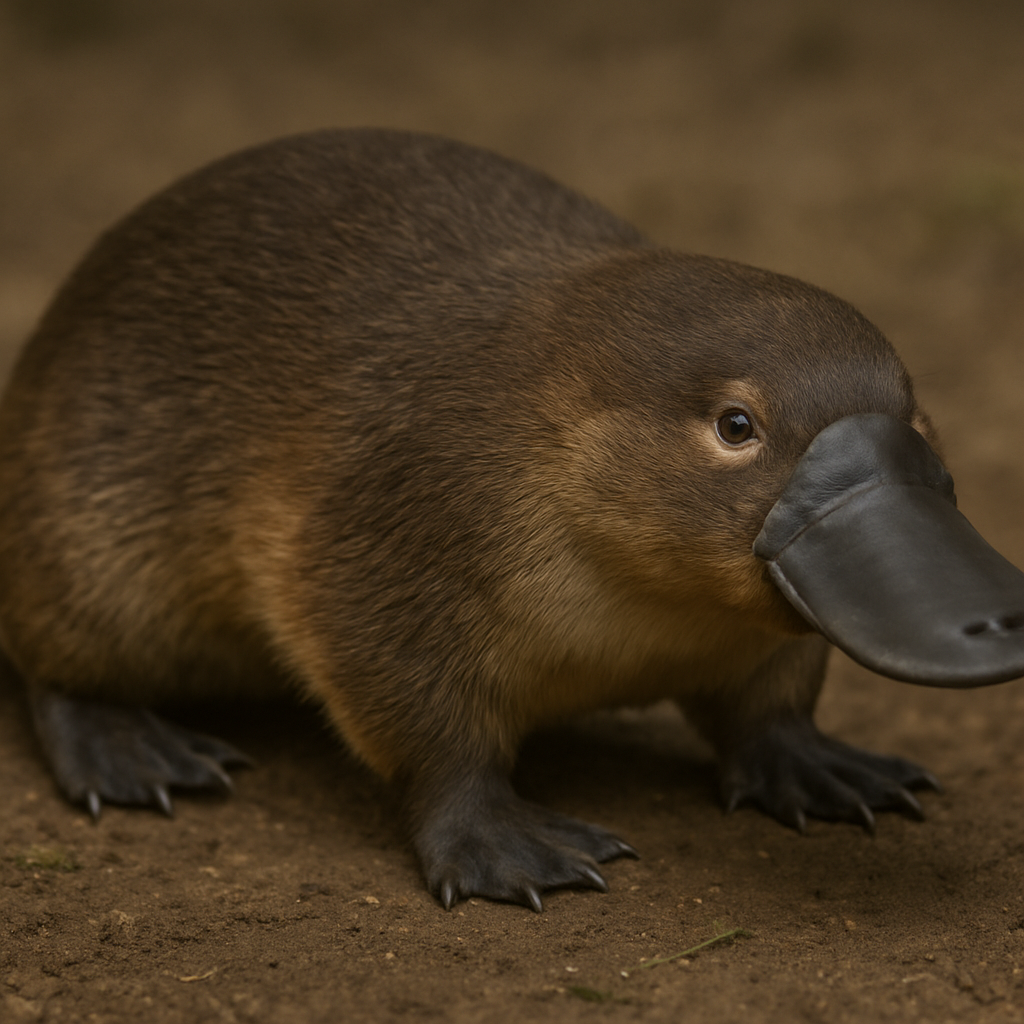The Fascinating World of the Platypus: A Remarkable Mammal Like No Other
The platypus is one of the most unique and intriguing animals on the planet, captivating scientists and nature enthusiasts alike. With its odd combination of features, the platypus stands out among mammals, earning its place as one of the most bizarre creatures in the animal kingdom. In this article, we will explore everything you need to know about the platypus, from its physical characteristics to its habitat and behavior.

What Is a Platypus?
The platypus (Ornithorhynchus anatinus) is an egg-laying mammal found primarily in eastern Australia and Tasmania. This semi-aquatic creature has a distinctive appearance, featuring the body of a small mammal with a bill resembling that of a duck, webbed feet like an otter, and a furry tail. It’s no wonder this mammal is often referred to as one of the most bizarre animals in the world.
The Physical Appearance of the Platypus
Platypuses are small, measuring about 12 to 17 inches in length and weighing between 1.5 to 5.5 pounds. Despite their unusual features, these mammals are perfectly adapted to their environments.
- Duck Bill: The platypus’ most recognizable feature is its flat, leathery bill. This bill is equipped with electroreceptors that allow the platypus to detect the electrical signals produced by its prey, such as small fish and invertebrates, while swimming underwater.
- Webbed Feet: The platypus’ webbed feet are ideal for swimming. The webbing acts like paddles when the animal swims, allowing it to glide through the water with ease. When the platypus is on land, it retracts the webbing, exposing sharp claws that help it dig burrows.
- Furry Coat: The platypus has dense, waterproof fur that keeps it insulated while submerged in cold water. Its coat is incredibly soft, similar to that of an otter.
- Tail: The platypus’ tail serves as both a storage vessel for fat and a rudder to steer it through water. The tail can be an important indicator of the platypus’ health and well-being.
Habitat and Distribution
The platypus is native to Australia and Tasmania, where it inhabits freshwater rivers, lakes, and streams. These animals are highly adapted to semi-aquatic life, often seen swimming in the water or burrowing into the riverbanks. They can be found in both freshwater and estuarine environments, but they are not known to live in saltwater.
The platypus is a solitary animal, typically establishing a burrow along the edge of a river or stream. These burrows can be quite elaborate, with multiple chambers and long tunnels, providing both safety and shelter from predators.
Diet and Feeding Habits
Platypuses are carnivores, and their diet mainly consists of small invertebrates, such as worms, crustaceans, and insect larvae, along with small fish. They do not have a stomach like most mammals. Instead, food passes directly into their intestines for digestion. This adaptation allows them to consume large quantities of food in a short time.
The platypus hunts by diving underwater and using its electroreception abilities to detect the movement of prey. Once it locates its target, it captures it with its bill and stores it in special cheek pouches located behind the jaw. The platypus will return to the surface to eat its catch.
Reproduction: Egg-Laying Mammals
One of the most fascinating aspects of the platypus is that it is one of only five species of egg-laying mammals known as monotremes. Unlike most mammals, female platypuses lay eggs instead of giving birth to live young. After mating, the female will lay one to three eggs and incubate them for about 10 days.
Once the eggs hatch, the mother will nurse her young by secreting milk from specialized mammary glands. Interestingly, platypuses do not have nipples. Instead, the milk is released through openings in the skin, where the young lap it up from the mother’s fur.
Platypus Conservation Status
The platypus is currently listed as a species of “Least Concern” on the International Union for Conservation of Nature’s (IUCN) Red List. However, habitat loss, water pollution, and climate change threaten the platypus population. Conservation efforts are ongoing to preserve the natural habitats of this extraordinary creature and ensure its survival for future generations.
Fun Facts About the Platypus
- Venomous Spurs: Male platypuses have a venomous spur on their hind legs, which they use during mating season to compete with other males. The venom is not lethal to humans but can cause intense pain and swelling.
- No Stomach: Platypuses have no stomach; their esophagus connects directly to their intestines.
- Incredible Swimmers: Platypuses can swim underwater for up to two minutes at a time, using their tail to help navigate.
- Electrolocation: Platypuses are one of the few animals that use electrolocation to find their prey. This ability allows them to detect prey even in murky waters where visibility is low.
- Unique Mammal: As one of only a few monotremes, the platypus shares characteristics of both reptiles and mammals, making it an evolutionary marvel.
Conclusion
The platypus is an incredible animal, offering an array of unique characteristics that make it a fascinating subject for study. Its combination of mammalian and reptilian features, including its egg-laying reproduction and electroreception abilities, make it a living example of evolutionary adaptation. While the platypus is not currently at risk of extinction, continued efforts are essential to preserve its habitat and protect this remarkable creature for future generations to appreciate.








